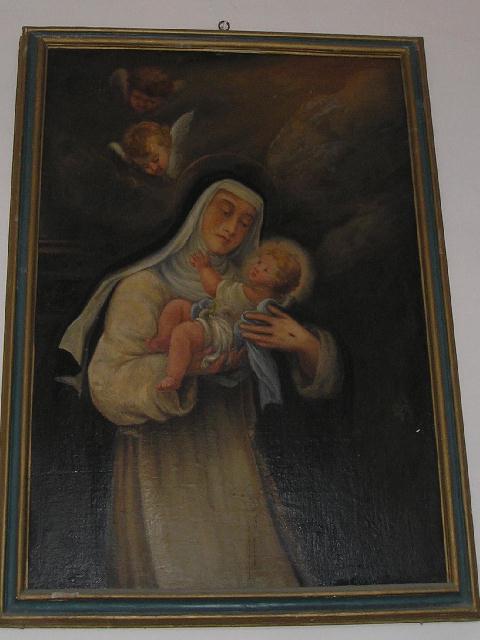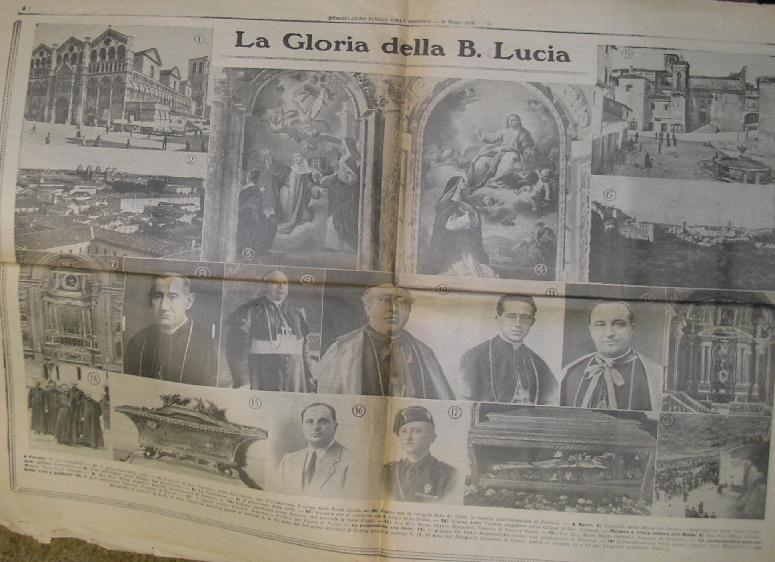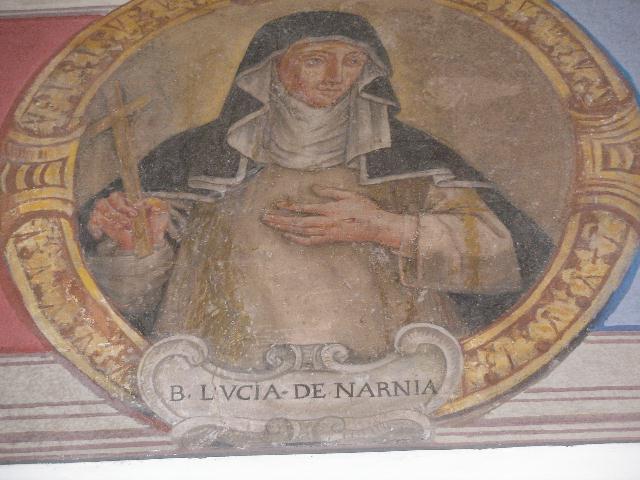On 14 April 1499 Sister
Lucy of Narnia escaped from Viterbo and on May 7 she was met by the Duke
Ercole I d'Este at the Ferrara city gates. Duchess
Lucrezia Borgia, his daughter-in-law and the daughter of the Pope, left Rome on 6 January 1502 and made her state entry into Ferrara on February 2nd.
Duchess Lucrezia, at the request of Sister Lucy and Duke Ercole and with the help of her father, on 4 January 1502 also sent to Ferrara,
"as a personal present from her to both of them", eleven prospective members for Sister Lucy's new community. Among them were seven nuns who had been Lucia's associates in Viterbo, two Sisters from Narni, and two other young girls, Lucia's relatives, who were not nuns. They had come to Rome on orders of the Pope and went to Ferrara reluctantly. All were met by the Duke himself a few days ahead of Lucrezia, but it is not clear how many of them there ultimately remained.
This - and the entire fascinating, at times even quite humorous, story of the last marriage of
Lucrezia Borgia can be found in
Dukes and Poets in Ferrara: A Study in the Poetry, Religion and Politics of the Fifteenth and Early Sixteenth Centuries - a 578-page-book by the British Dante scholar
Edmund G. Gardner (esp. pp.364-423). Originally published in 1904 it must have been familiar to C.S. Lewis; reprinted in 1968 and in 1972 it should now be easily available at the most college libraries.
P.S. There is an article about Lucrezia's father at
http://news.bbc.co.uk/go/em/fr/-/2/hi/e ... 909589.stm which also includes her picture.



